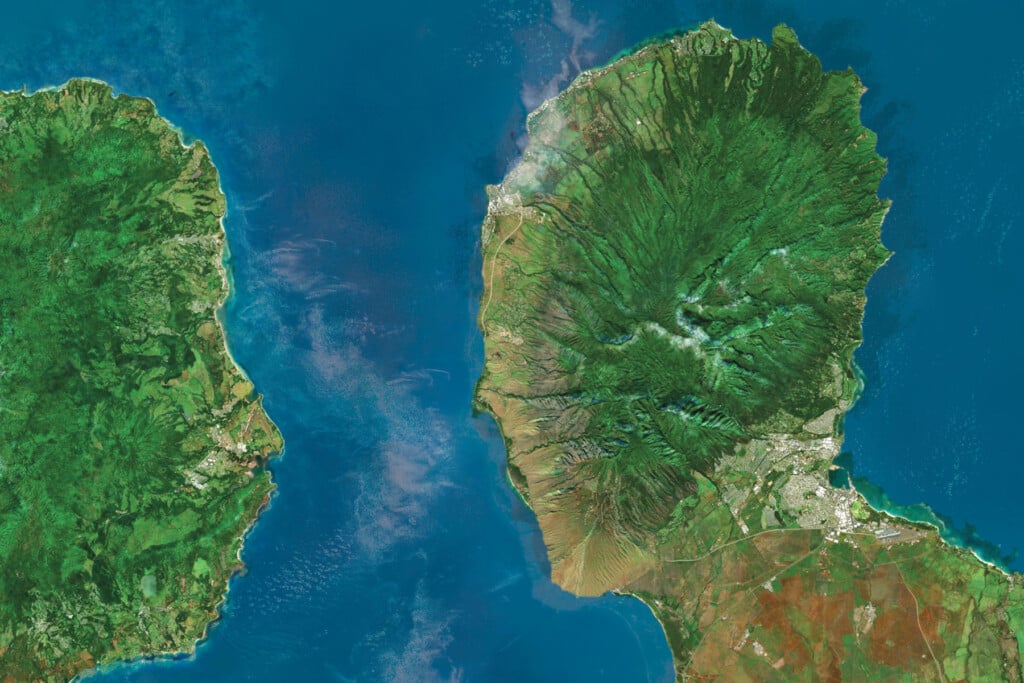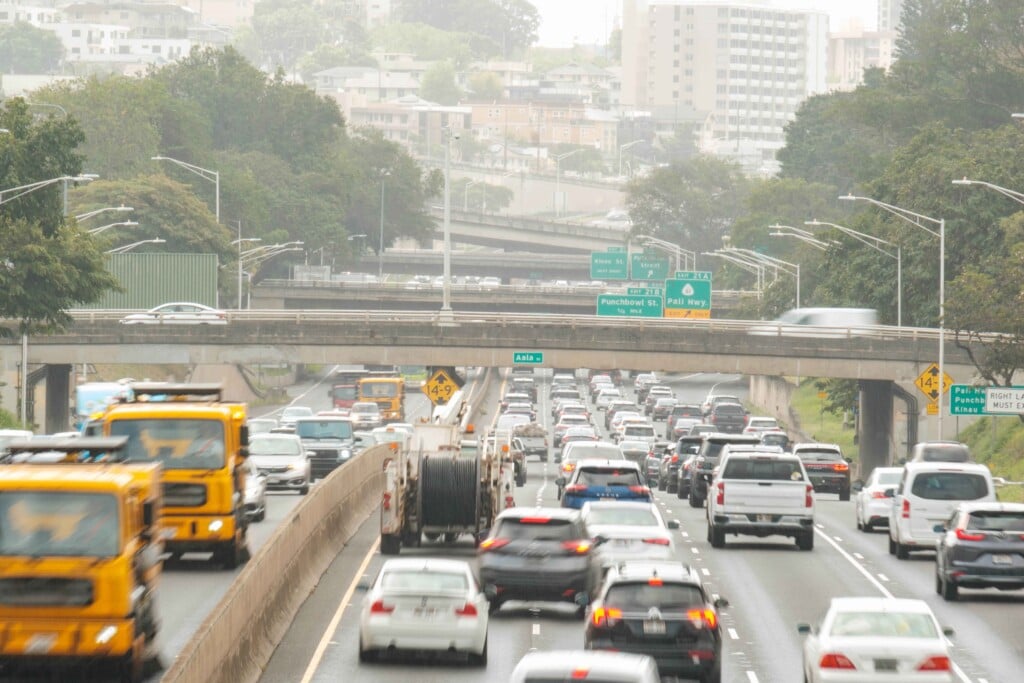Hawai‘i Has the Longest Life Expectancy in the Nation, But Not for Everyone
A brief look at health statistics and disparities, including among men and Native Hawaiians.

Hawai‘i’s life expectancy at birth is the longest in the U.S. – 80.7 years in 2020, a full year and a half longer than the No. 2 state, Washington – according to the latest statistics from the national Centers for Disease Control and Prevention.
But life expectancy is not equally divided among all Hawai‘i residents. For instance, among males, it is 77.6 years; for females it’s 83.6.
Genetics play a big part, says Dr. Lee Buenconsejo-Lum, interim dean of UH’s John A. Burns School of Medicine. “If you look at which ethnic groups have a longer life expectancy, it tends to be the Asian side, particularly Japanese,” she says.
Buenconsejo-Lum mentions the Honolulu Heart Program initiated in 1965 by the National Heart, Lung, and Blood Institute to study both biological and environmental causes of cardiovascular disease in Japanese-American men living in Hawai‘i. The study’s findings, which were compared to those from studies in Japan and California, confirmed the importance of diet in a longer life.
“As they became more acculturated to the Western lifestyle, i.e., Western diet, their life expectancies actually did go down and started to look more like the rest of the country,” she explains.
“We still have so many first- and second-generation immigrants (in Hawai‘i) who continue to eat pretty healthy, mostly vegetable, low-fat-meat diets who are physically active. You’ve got people who are 80 and 90 years old, but they tend to be of Asian descent.”
Health Numbers: Hawai‘i’s Ethnicities
A report published in 2017 in the Asia Pacific Journal of Public Health compared the life expectancy of women and men in Hawai‘i’s largest ethnic groups, based on 2010 data. Here were 2010’s life expectancies at birth measured in years:
Hawai‘i’s Top 3 Killers
Heart disease, cancer and stroke are the top three causes of death in Hawai‘i, according to the CDC’s statistics for 2021. Common risk factors for all three include obesity, diabetes and pre-diabetes, and smoking, Buenconsejo-Lum says.
“For almost every state, heart disease, stroke, cancer and diabetes are going to be in the top five (leading causes of death) because unfortunately the country is getting more and more overweight,” she says.
She says much of that circles back to diet, but the higher cost of healthy food makes it harder for income-constrained families to eat well.
“If you’re on a fixed income or have a huge household and are at the poverty level or part of the ALICE, you have to go for those cheaper value meals,” she says, referring to Hawai‘i’s residents who are “Asset Limited, Income Constrained, Employed.”
“We have to change policies to make healthy food accessible so that it’s always the first choice.”
By 2030, 22.6% of Hawai‘i’s population will be 65 and older, straining a health care system that’s already short of geriatricians, the doctors who specialize in older patient care.
Buenconsejo-Lum says UH has a geriatric fellowship training program, “but the reality is we can’t train them fast enough to meet our growing need and demand.” To help with early intervention, she recommends a team-based approach with physicians, nurses, physical therapists, dietitians and social workers.
Health Numbers: Hawai‘i vs. Nation
“Keep Your Brain Active”
The prescription for keeping kūpuna healthy and living independently at home for as long as possible, Buenconsejo-Lum says, is “regular physical activity, mobility, stretching, doing crossword, Sudoku, reading the newspaper. All those things keep your brain active and growing, and that’s going to slow dementia.”
However, with age also comes conditions like arthritis and back pain that make it hard for the elderly to be mobile.
“If we don’t have physical therapy or home programs in place to keep them active, that’s when they become inactive and they don’t want to go out. It’s a vicious cycle,” Buenconsejo-Lum says.
Once kūpuna become inactive, opportunities for social interaction wane and they become more isolated, which accelerates the decline of brain and physical functioning.
“Making sure we have enough community-based services that keep them engaged, active, healthy and interacting with others and society so their brains and bodies still work well.”
Learn More: In May, HONOLULU Magazine published a report titled “The Native Hawaiian Health Crisis.”








